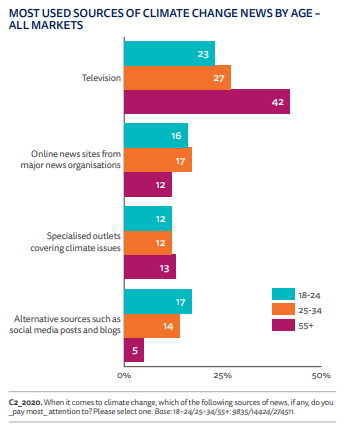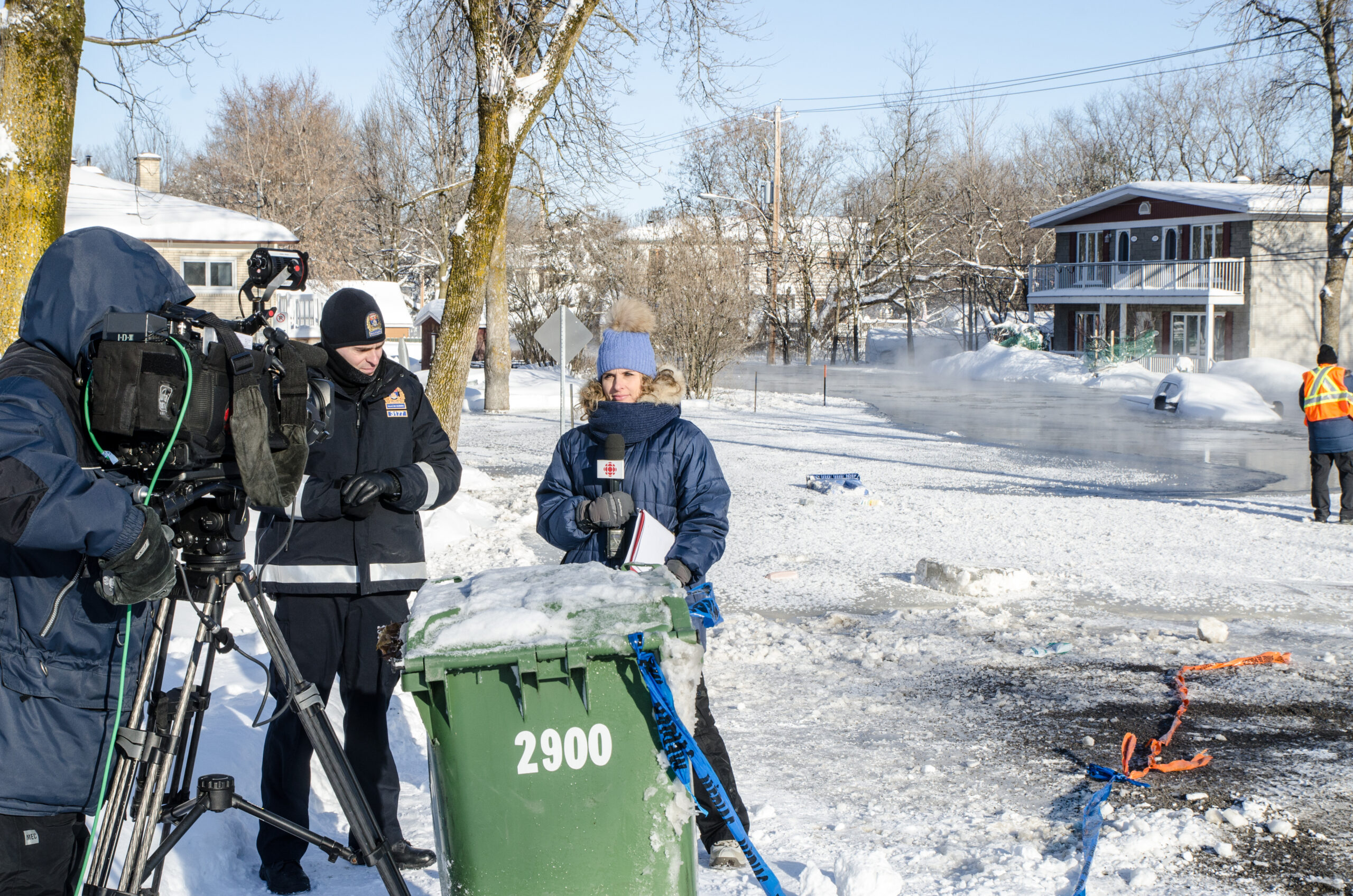As the sense of urgency on climate change has collectively increased, a slew of stakeholders hoped to contribute to the narrative surrounding this year’s COP summit. It begs the question: how does the public consume ‘climate journalism’? Media of all kinds ambitiously covered the conference, but the true challenge lies in making complex messages accessible and relevant. For many platforms, COP26 served as a pivotal moment to assess their engagement with younger audiences and re-evaluate editorial priorities.
During a panel at the summit, 12 of the UK’s major media brands called on the media industry to create more content reflecting the realities of climate change. They essentially pledged to increase the amount and improve the quality of their climate change storytelling. BBC Director General Tim Davie was careful to mention that the increase in climate change coverage does not impact the corporation’s impartiality – something which, according to research, is of varying importance depending on one’s age. “The overwhelming consensus is that we, as humanity, are causing global warming. There are voices on the fringes but, in my view, when it comes to due impartiality for the BBC, we are now at a point where we have consensus around that. But then you do get into political debate around policy, speed of change, the social consequences – there is tough stuff to debate…”
I think we can all agree that it’s one thing to curate more climate change content, and it’s another to truly strike a chord. Research is needed to understand how the content is trusted, disseminated, and shared. The recently launched Oxford Climate Journalism Network has set out to understand how climate change is framed internationally, and how different demographics consume the information. Co-founder Meera Selva observed that “when people at COP26 talk about climate change, people in Africa think that it has nothing to do with them. It’s about saving a polar bear…We have lots of environmental journalism and not all of it gets read…Often editors say they do the reporting, but it doesn’t play well on their website.”
The Reuters Digital News Report 2020 delivered some initial findings on how people access news about climate change. Data collected from survey respondents across 40 markets shows that television is the most popular medium, but this applies primarily to respondents older than 35. Davies is spot on with his assumption that those tuning into BBC broadcasts do demand impartiality. Young people (18-24) use alternative sources such as social media and blogs, where impartiality is usually of little to no consequence.

Of particular interest is that online news sites of major news organizations are the second most popular medium; print newspapers and radio are deemed less important as a source than conversations with friends and family. These findings are largely in line with what we observe in the Dutch market: a departure from newsrooms prioritizing print and instead relying primarily on their digital platforms. Print editorial space has been shrinking gradually since the Covid-19 pandemic hit.
If we zoom out to address the bigger picture, we could acknowledge that the news industry has two big issues at the moment: declining trust and young people turning away from legacy and established media. Selva believes that covering climate is an opportunity to tackle both. “Climate change is at the nexus of these trends, as well as storytelling; the balance between short, quick, mobile-friendly news that captures people’s attention versus a strong demand for long-form documentaries.”
‘Climate journalism’ could be the saving grace for traditional media as long as new research is conducted to monitor how it’s being consumed and what different demographic segments prioritize in their information gathering efforts. Such insights will make it possible to adapt to the demands of the youth without neglecting an older audience base. As of today, media are faced with the task of keeping TV’s tuned in and social feeds scrolling.

iStock
Written by Elizabeth James Tingen
